There’s a lot of pork out there, from crown roasts to shoulders and knuckles to chops, bellies, and loins. And for every ‘type’ of pork, a multitude of cooking methods exists. From using knuckles as a sauce enhancer to smoking and roasting, stewing and braising, it can be a truly daunting task for beginner home chefs looking to up their ‘pork game’ beyond chops and bacon – and I’m someone who loves a good chop and crispy (sometimes at the same time) as much as anyone else.
But how and where to start? Understanding the distinctions between various cuts of any meat is essential. Sure, you can cook a pork shoulder at super high heat super-fast, but you simply won’t achieve the same delicious results as cooking it low and slow. Similarly, some cuts are simply better suited for the grill than others, meaning that throwing the best barbecue possible means selecting the right meats to put over the open flame.
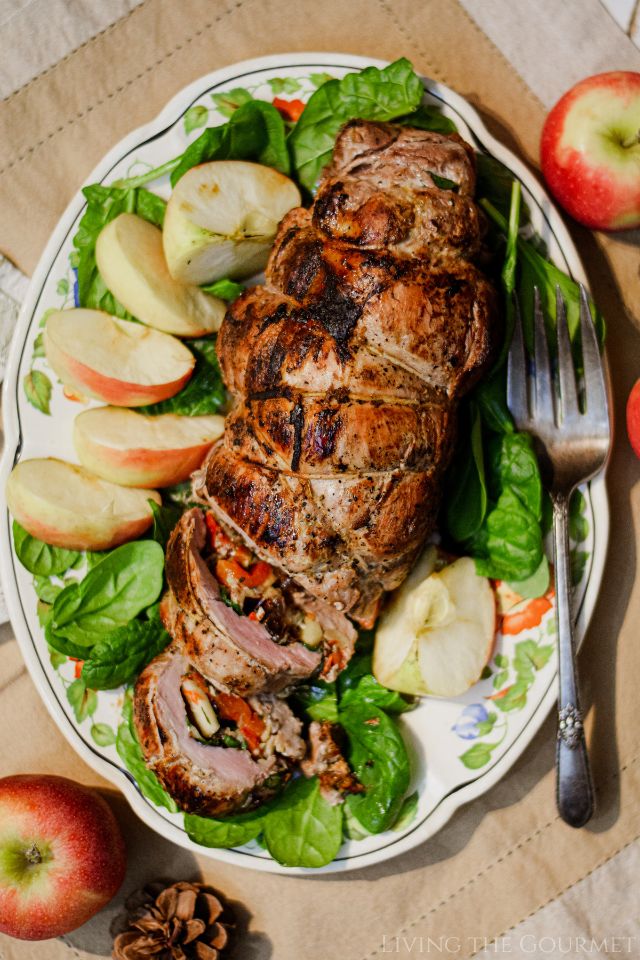
And it is with that in mind that I suggest starting with pork’s two shining stars – pork loin and pork tenderloin. Despite having similar names, these cuts have very little (if anything) in common, aside from being exceptionally tender cuts of pork when properly prepared.
Pork loin, also known as the pork center loin roast or pork center cut rib roast, is a primal cut derived from the back of the pig. This boneless cut of meat boasts a lean profile, making it a favorite for health-conscious cooks seeking a flavorful yet lower-fat option. With its distinct fat cap and generous portion size, pork loin offers versatility in the kitchen, lending itself beautifully to everything from hearty pork loin chops to elegant center-cut roasts perfect for any special occasion.
On the other hand, pork tenderloin, sometimes referred to as pork filet, stands out as a supremely tender cut of meat sourced from the muscle that runs along the backbone (more on this below). Unlike its pork shoulder counterpart, tenderloin is celebrated for its exceptionally lean and tender texture, making it an ideal choice for those seeking white meat options. Whether grilled, roasted, or pan-seared, pork tenderloin shines as a centerpiece on the dinner table, offering a melt-in-your-mouth experience that's sure to impress.
So, whether you're planning a weeknight dinner or a special gathering, let's unravel the mysteries of these delightful cuts and elevate your pork-centric culinary adventures to new heights.
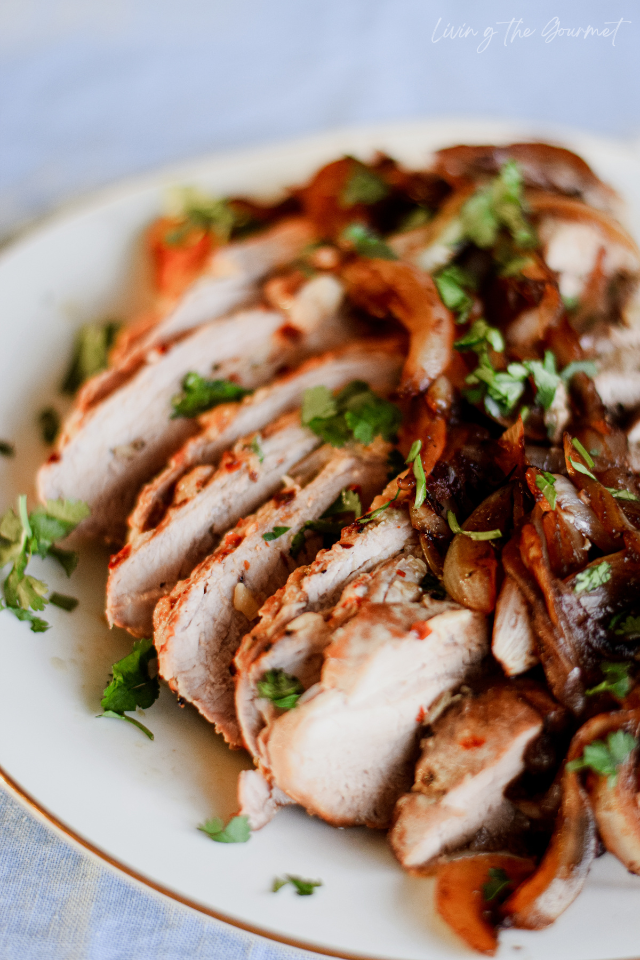
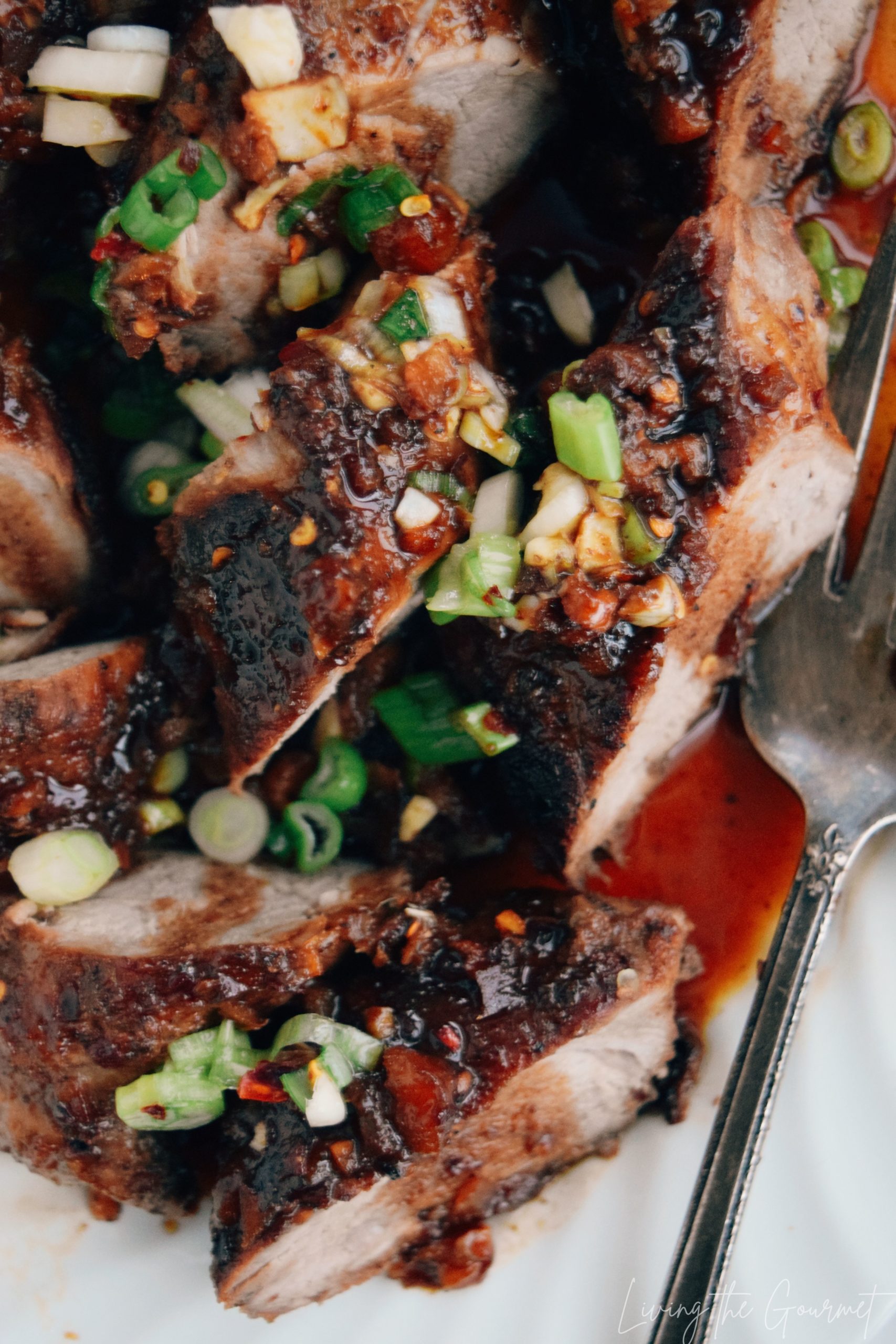
Pork Loin: What is it?
- Defining Characteristics of This Meat: A broad and flat-shaped cut of pork, pork loin is best characterized by its lean meat and the distinct fat cap that runs along one of it. This cut typically features a mild flavor with slightly sweet undertones. It is generally firm, meaty, and well-marbled without being ‘fatty.’ It is often off-pink or white. Pork loin is beloved for its tenderness, making it a popular choice for roasts, grilling, searing, caramelized medallions, or thinly sliced sandwiches (an especially nice use for leftovers!). Point in case, pork favorites such as pork chops or a pork roast are often cut from pork loins, making it one of the most popular cuts of pork.
- Size: On average, a pork loin weighs about two to five pounds, and is generally between one to two feet in length.
- Location on the Pig: Located along the back of the pig, the pork loin is derived from the area between the shoulder and the hind leg.
- Fat: As mentioned above, pork loin features a juicy fat cap. This is, arguably, the cut’s most distinct feature. This is in contrast to pork tenderloin, which features little to no visible fat. Fat cap aside, however, pork loin is a very low-fat piece of meat.
- Other Names: You might also see pork loin labeled or sold under an alternate name, such as center loin roast, center-cut loin roast, or pork center rib roast (if the rib bones are left in). These are not different cuts of meat, they are simply different labeling for the same thing.
Varieties of Pork Loin Cuts:
- Bone-In Cuts: One of the best ways to experience the full flavor of pork loin is through bone-in cuts such as pork loin rib roast or bone-in pork chops. The bone not only adds flavor but also serves to help the meat retain moisture during cooking.
- Boneless Cuts: For those who prefer a more straightforward preparation process, boneless cuts like pork loin filet or pork loin center cut offer convenience without sacrificing taste. These cuts are perfect for slicing into medallions, grilling, or roasting whole.
Main Difference from Other Cuts
To summarize, what sets pork loin apart from other cuts of pork is its lean profile and characteristic fat cap. Unlike fattier cuts such as pork belly or baby back ribs, pork loin boasts little marbling and relatively lower fat content. Pork loin is also incredibly versatile, being able to be cooked in the oven whole as a roast, slow-cooked, or grilled. As mentioned earlier, it can also be sliced into chops, or thin-sliced for sandwiches.
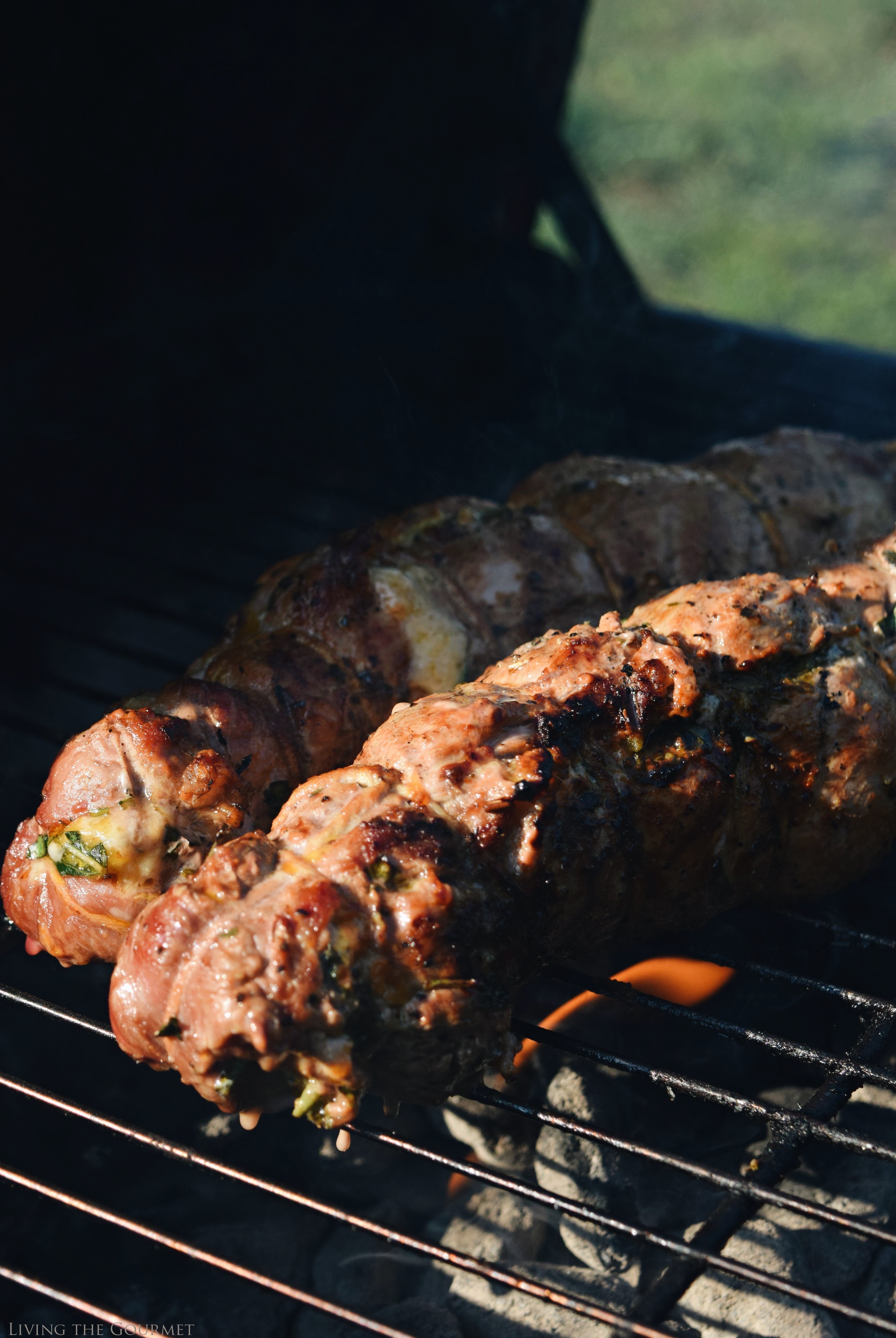
Pork Loin: Best Cooking Methods
Pork loin is often best served grilled or seared to achieve a crispy, caramelized exterior, before finishing over indirect heat. Another favorite is roasting at low temperatures in the oven for a lengthy period to achieve a moist, juicy interior. That means low and slow is often the name of the game.
- Roasting: Roasting is a classic method for cooking pork loin, particularly larger cuts like roasts. Oven-roasting at low temperatures allows the pork’s connective tissue to break down, tenderizing the meat, while also giving this otherwise very lean cut of pork a chance to absorb any seasonings or marinade juices.
- Grilling: Who doesn’t love a grilled pork chop? Grilling is another popular method for cooking pork loin, especially boneless loin chops. I’d suggest marinating the pork loin beforehand to infuse it with flavor and moisture, before grilling it over medium-high heat until it's cooked through and has a nice char on the outside.
- Pan-Searing: Ideal for smaller cuts, such as loin chops or medallions. Heat a skillet over medium-high heat, add some oil or butter, then sear the pork loin until it develops a golden-brown crust on both sides. From there, finish cooking in the oven low and slow until it reaches your desired level of doneness.
- Braising: Braising involves cooking the pork loin slowly in a marinade, such as broth or wine, until it becomes tender and succulent. This method is perfect for larger cuts like whole pork loin roasts or bone-in chops. I would suggest you start by searing the pork loin to develop flavor, then add liquid and aromatics, cover, and simmer until the meat is fork-tender.
- Slow-Cooking: Slow-cooking is an excellent option for pork loin, especially if you prefer a hands-off approach. Place the pork loin in a slow cooker with your choice of seasonings and liquids, then cook on low for several hours until it's tender and easily shreds with a fork. This method yields incredibly tender and flavorful pork loin that's perfect for sandwiches, tacos or served with vegetables.
Pork Tenderloin: What is it?
- Defining Characteristics of Pork Tenderloin: This is a long and thin slice of delicate muscle taken from along the edge of the pig’s backbone, within the rib cavity. Pork tenderloin is an extremely lean piece of meat with almost no visible fat and very little marbling. Due to its location, this piece of meat receives almost no use during the life of the pig, and as such is an exceptionally tender cut of pork. This also means that pork tenderloin features a delicate, mild flavor, and due to its tenderness, it readily absorbs the flavors of whatever it is cooked with, such as marinades, herbs, sauces, or seasonings. In contrast to pork loin’s white or light pink appearance, pork tenderloin is instead dark red when raw, and cooks to a dark brown. In short, pork tenderloin is considered a prime cut, and is prized for its tenderness and succulence.
- Size: In general, a pork tenderloin is under two pounds, and is about eight inches long by two inches wide, though sizes do vary.
- Location on the Pig: Situated within the loin region of the pig, pork tenderloin is nestled alongside the backbone, within the rib cavity.
- Fat: As mentioned above, there should be little to no visible fat on a pork tenderloin, and very little connective tissue.
- Other Names: You might also see pork tenderloin labeled as pork filet or pork tender. Once again, these are not different cuts of meat but are simply different labeling for pork tenderloin.
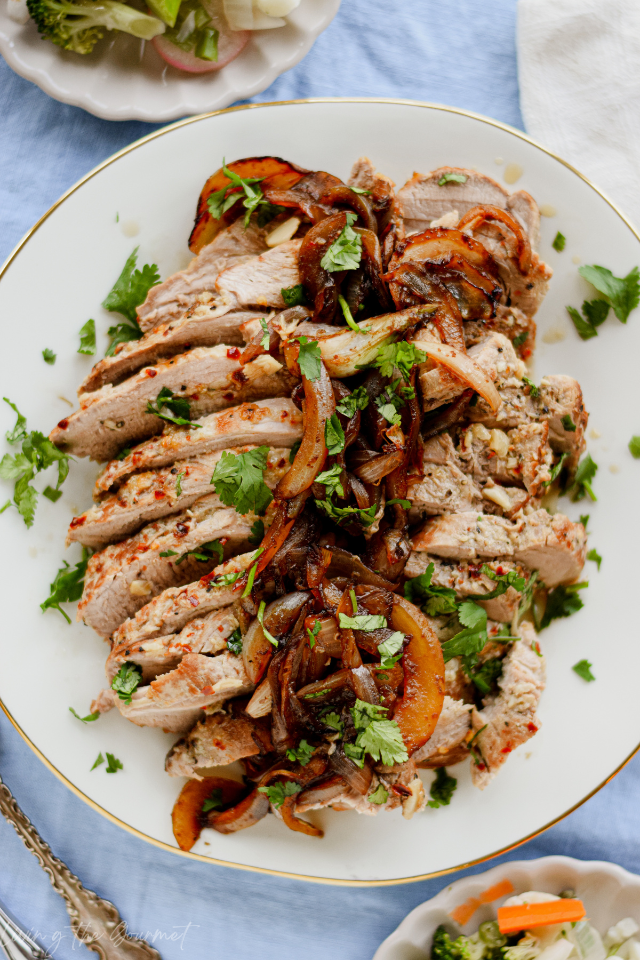
Main Differences from Other Cuts of Pork
- Low fat, tenderness, and thorough absorption of flavors are what differentiate pork tenderloin from other cuts of pork.
- Unlike fattier cuts such as pork belly or pork butt, pork tenderloin is prized for its remarkably tender texture and minimal intramuscular fat content. This leanness not only makes it a healthier option but also allows it to readily and evenly absorb marinades and seasonings, making it a delicious fit for a variety of cooking methods, such as stir-frying, caramelized medallions, skewers, or rolled in bacon, making it a favorite meat among home cooks and professional chefs alike.
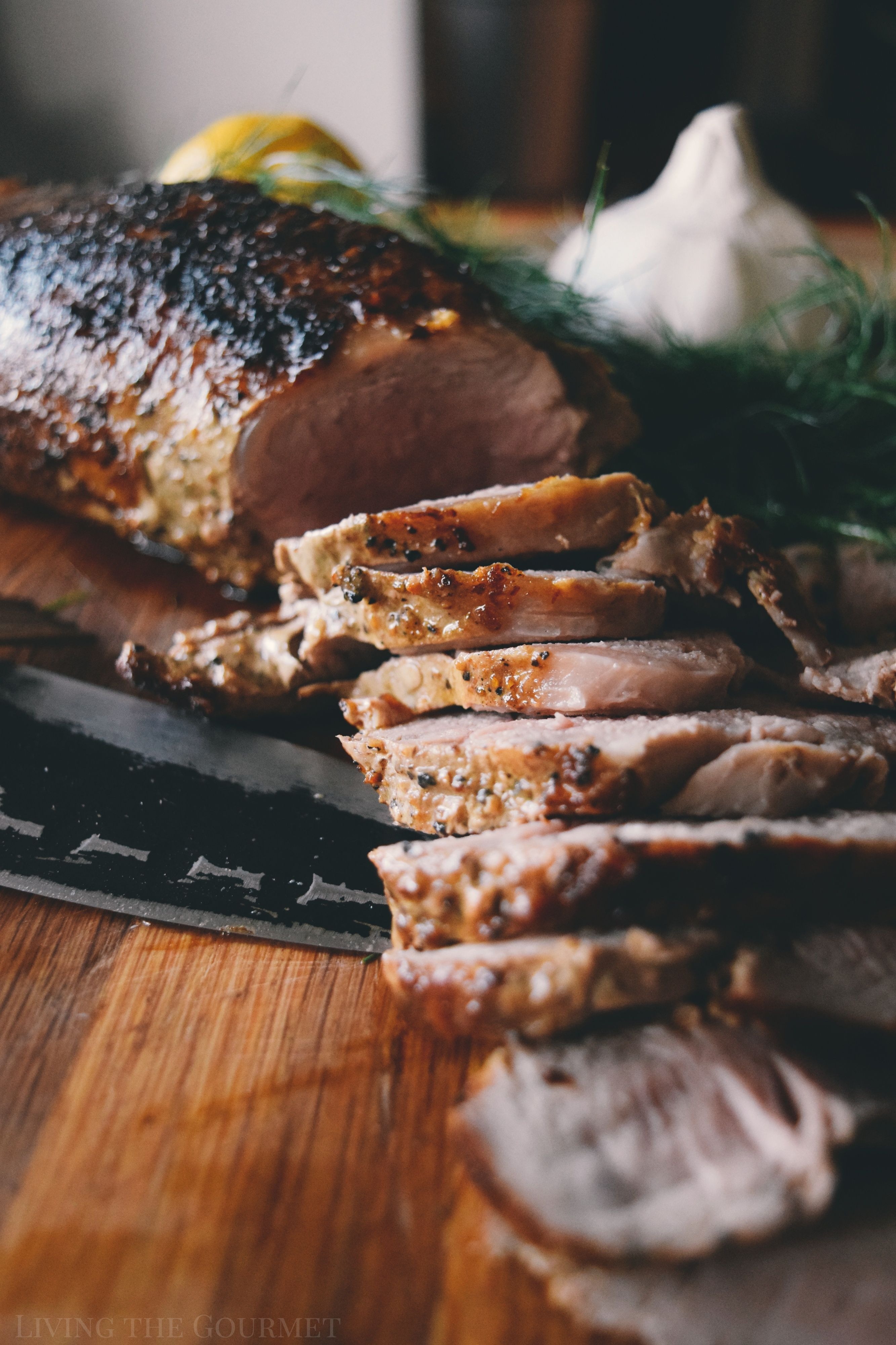
Pork Tenderloin: Best Cooking Methods
Generally, the best way to prepare pork tenderloin is over high heat (grilling, pan-searing, or roasting). You want a quick cook time to maintain its tenderness and to seal in its juices.
With that in mind, here are some of the best cooking methods for pork tenderloin, along with a few tips for each:
- Grilling: On a stovetop griddle is probably my favorite way to prepare pork tenderloin. Grilling tenderloin imparts the meat with a delicious smoky flavor while sealing in its copious amounts of natural juice. I suggest you marinate the tenderloin beforehand to enhance its flavor, then grill over medium-high heat, turning occasionally until it reaches an internal temperature of 145°F (63°C) for optimal doneness.
- Roasting: In the oven at high heat is my next go-to for tenderloin. I suggest seasoning the tenderloin with herbs, spices, and aromatics (such as onions and garlic), before roasting in a preheated oven at around 400°F (200°C) until it's cooked through and the internal temperature reaches 145°F (63°C). Let it rest before slicing to allow the juices to redistribute.
- Pan-Searing: A quick, easy, and versatile method for cooking pork tenderloin stovetop. This works best in cast iron, but stainless steel, copper, or your preferred nonstick pan all work as well. Heat a skillet over medium-high heat, add some oil or butter, then sear the tenderloin on all sides until it’s a beautiful golden brown color and has reached your desired level of doneness. Alternatively, you can sear it just until it reaches a nice color, and then finish cooking it in the oven at 400°F (200°C) until it reaches your desired doneness.
- Slicing and Stir-Frying: For the true creatives among you, this method is to be a favorite. Slice the pork tenderloin into thin medallions and stir-fry with any combination of vegetables, peppers, noodles, and your favorite sauce – such as my Sweet and Spicy Chili Sauce. Remember, tenderloin loves being cooked quickly, and readily absorbs flavors, making it ideal for stir-frying.
- Skewers: Skewers are best made over high heat with a fast cook time, and yes, that means pork tenderloin is a great choice for kebabs. Cut the pork tenderloin into cubes and thread onto skewers with vegetables, and chilis, and then finish them with a nice sauce. Grill over medium-high heat until the pork is cooked through and the vegetables are tender, rotating occasionally for even cooking.
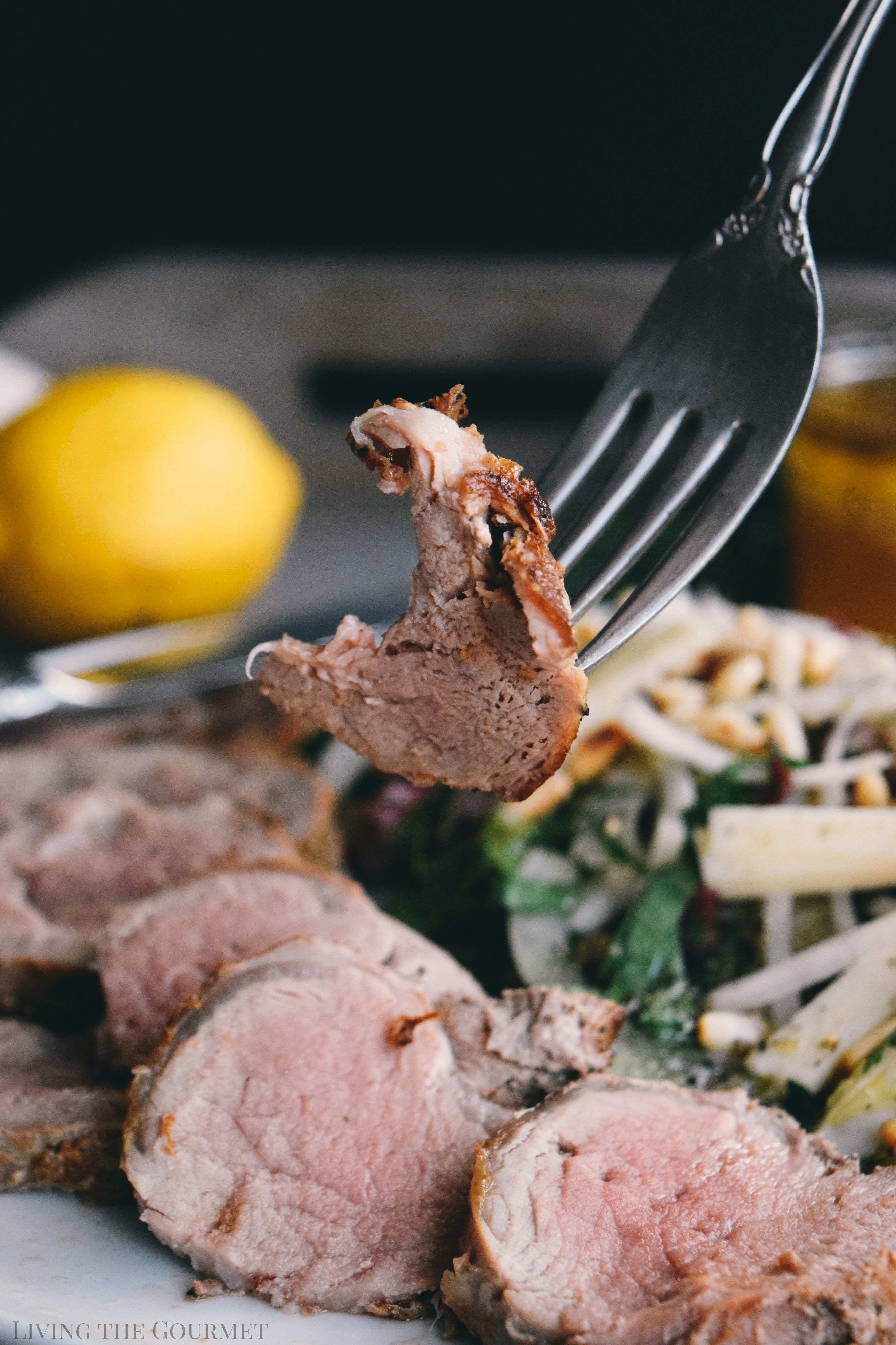
Key Differences Between Pork Loin and Pork Tenderloin
So with all of that said, let’s summarize the difference between these two cuts of pork.
Physical Appearance and Size
Pork Loin:
- Larger and broader in size compared to pork tenderloin.
- Often features a distinct fat cap along one side, which adds flavor and moisture during cooking.
- May include bone-in or boneless options.
Pork Tenderloin:
- Smaller and narrower in size compared to pork loin.
- Characterized by its lean appearance with minimal visible fat marbling.
- Generally sold as whole tenderloins, often in packs of two in most grocery stories.
Flavor and Texture
Pork Loin:
- Offers a robust pork flavor with a firmer texture compared to pork tenderloin.
- The presence of marbling and a fat cap contributes to a juicy and flavorful dining profile.
- Well-suited for grilling, roasting, or braising, allowing the meat to develop a caramelized crust while remaining tender and juicy inside.
Pork Tenderloin:
- Renowned for its exceptional tenderness and mild flavor.
- Exhibits a tender, almost velvety texture despite minimal intramuscular fat.
- Absorbs marinades and seasonings readily.
- Ideal for quick-cooking methods such as grilling, pan-searing, or roasting at high temperatures to preserve its tenderness.
Price and Availability
Pork Loin:
- Generally, pork loin is more readily available and affordable compared to pork tenderloin.
- Offers a range of cuts and options to suit various budgets and preferences, from economical bone-in chops to premium center-cut roasts.
Pork Tenderloin:
- Considered a premium cut of pork, pork tenderloin is typically priced higher per pound compared to pork loin.
- Maybe less widely available in some regions or at certain times of the year due to its premium status and smaller size.
Cooking Times and Methods
Pork Loin:
- Requires longer cooking times compared to pork tenderloin due to its larger size and denser texture.
- Well-suited for slow-roasting, braising, or smoking methods to ensure thorough cooking and tenderization.
Pork Tenderloin:
- Cooks relatively quickly due to its smaller size and tender texture.
- Best prepared using high-heat cooking methods such as grilling, pan-searing, or roasting for a short period to retain its juiciness and tenderness.
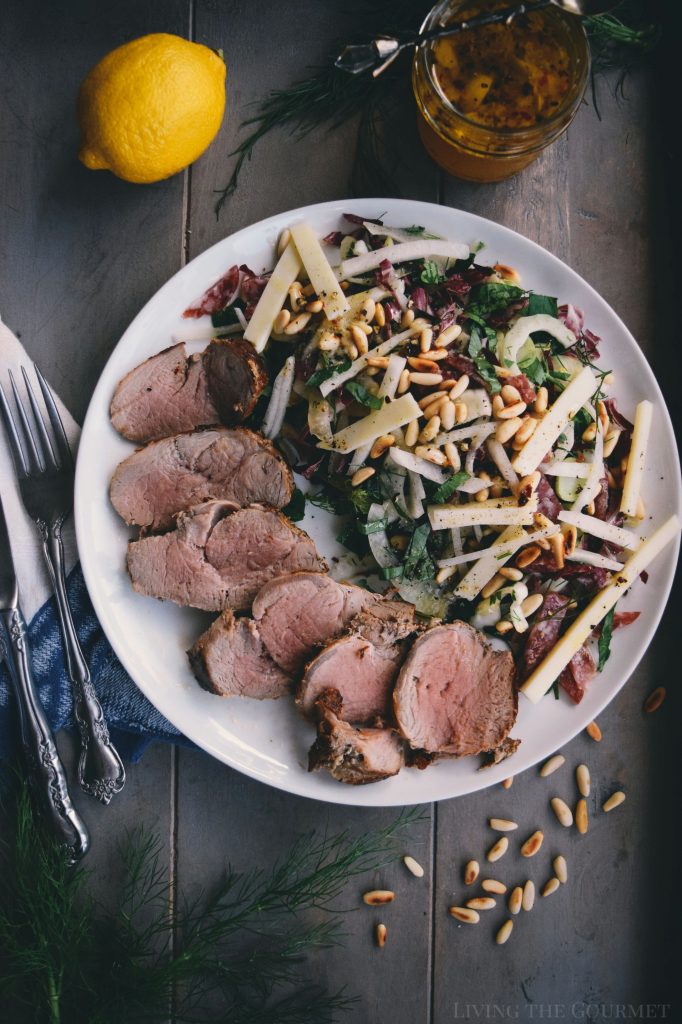
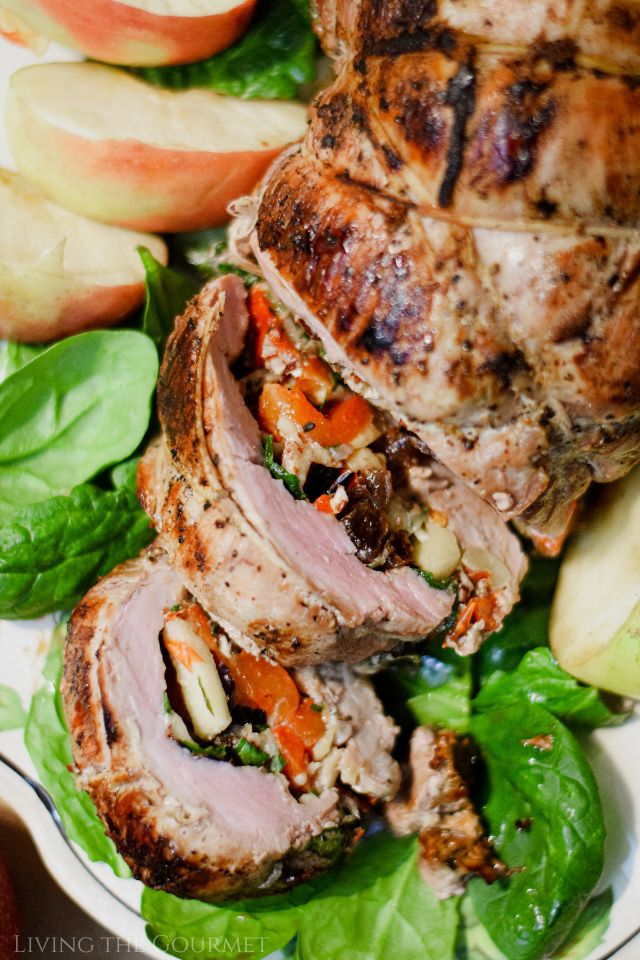
And that’s our guide to pork loin vs pork tenderloin. If you enjoyed this article, or have any questions or suggestions, be sure to let us know in the comments below, we always love hearing from you!
Also, if you want to see more content like this, be sure to like and subscribe!
Happy Cooking!
1
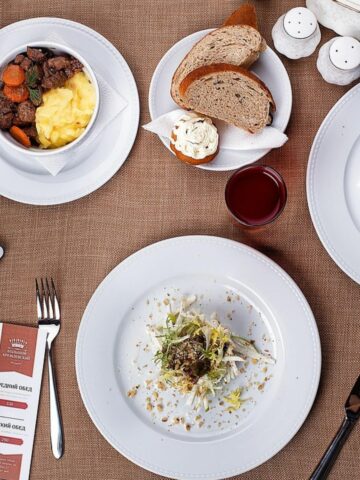



Beth says
This is a great guide. WHen I first started cooking, I was son confused about this because these are commonly referred to interchangeably.
Lavanda Michelle says
It can be confusing navigating the world of pork cuts, but your explanations really shed light on these two staples.
Cindy says
your explanations have really cleared things up for me! It's great to finally understand the differences. Thanks for the helpful guide!
karen says
I actually had no idea there was a difference between both. I love pork meat but thought they're both the same. This is great, thank you so so much...
AJ says
I wasn't familiar with the specifics but this post was really informative! I love cooking and this will be one of the next things I make!
Penelope says
I have just defrosted a cut of meat that says pork tenderloin, but it weighs 2.7 pounds. How shall i cook it?
Living the Gourmet says
Dear Penelope, it's totally find if your tenderloin is a little over the traditional weight. Sometimes butchers cut pieces larger it varies from store to store. I do recommend our Roasted Garlic Pork Tenderloin which you can find here: https://livingthegourmet.com/2023/02/roasted-garlic-pork-tenderloin.html. This would be my go-to way to cook it! Enjoy!